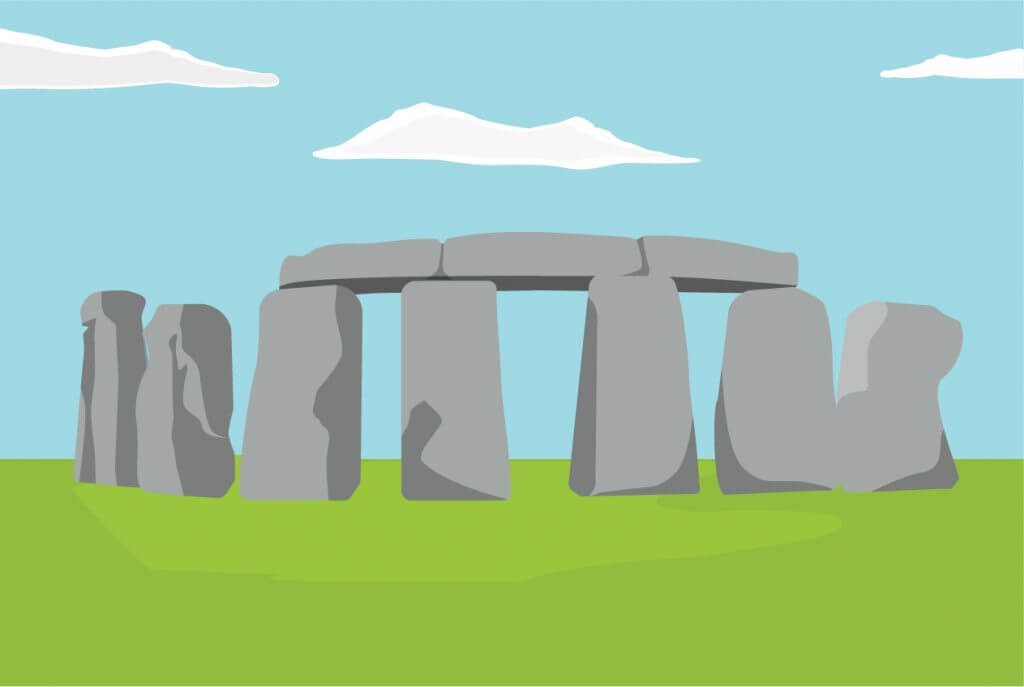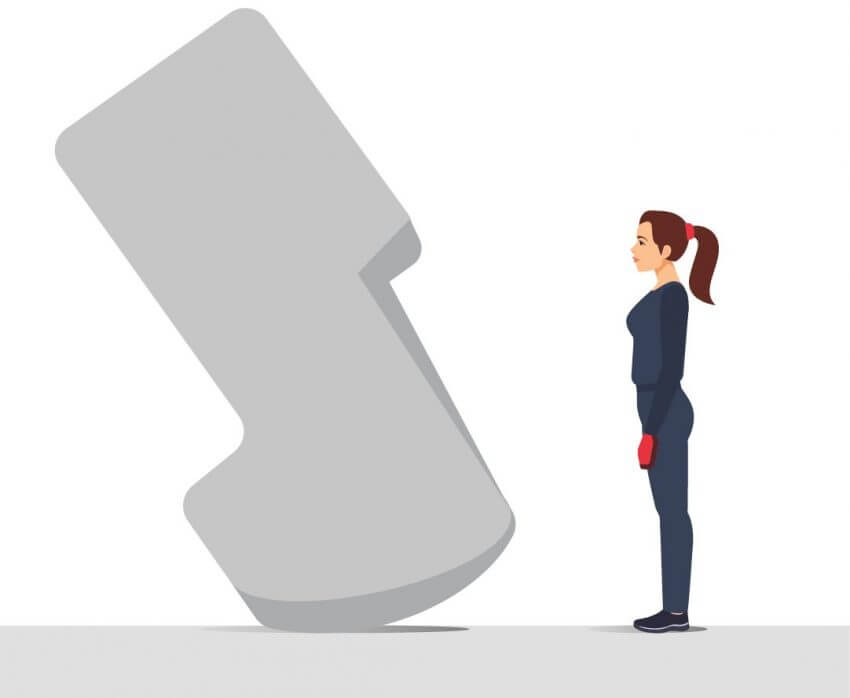Concrete Clues About Stonehenge

You may have asked yourself how on earth was Stonehenge erected in 3000BC? Well, this is what we’re going to explore, through facts, recent research and specialist concrete knowledge.
How much do the largest Stonehenge stones weigh?
First of all, we know that Stonehenge’s largest stones measure in at around 30 feet high and weigh 22.6 metric tonnes! And that’s just a part of it. Stonehenge consists of 30 standing stones creating a circle – and 5 stones larger stones situated inside the circle.
How and why was Stonehenge built?
How: this large and cumbersome structure is said to have travelled from Marlborough Downs and all the way to Sailsbury – that’s around 20 miles in distance! This was back when the main mode of transport was by human foot, horses, donkeys or camels. But it is speculated that humans brought the rocks to their location manually, with the help of wooden rafts.
Why: as the most famous structure from the Stone Age, Stonehenge has been a great topic of discussion between academics and archeologists; which means there are multiple theories that could quite possibly explain why Stonehenge was built. The most common theory is that Stonehenge was a Neolithic burial site, as bones and remains were found within and around the structure. However, there seemed to be a cultural shift, as the remains found inside Stonehenge were buried there before 2,500 BC and the remains found around the perimeter were after that time.
Recent studies of Stonehenge
A study by researchers from Massachusetts delved into technicalities of how these massive stones could have possibly got from A to B, a topic that was discussed at a TED 2019 conference located in Vancouver. Research firm, Matter Design, and materials manufacturer, CEMEX, combined forces to display an interactive art/science exploration piece of how these rocks erected in Stonehenge could in fact, be transported and moved by one person, using one hand. This is no trick, these large concrete forms in the exhibition weighed several tonnes.

How is that really possible? Matter Design and CEMEX created a variable density concrete. To do this they calculated the optimal center of a mass, so that each piece of large concrete could be put together and taken apart with minimal effort.
Still don’t believe it? Check out the video!
Looking for quality concrete or aggregates to complete your footings or a sub-base? Call on Neil Sullivan and Sons. We have a great wealth of experience within the industry and have years of experience supplying and delivering goods. Whatever quantity or mix of concrete you require, we can do all to ensure your needs are met. For both domestic and commercial applications, speak to our professionals today – based in Essex, we work across East Anglia and East London, including Basildon, Chelmsford and Southend.



